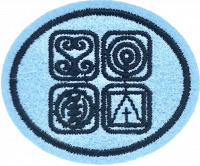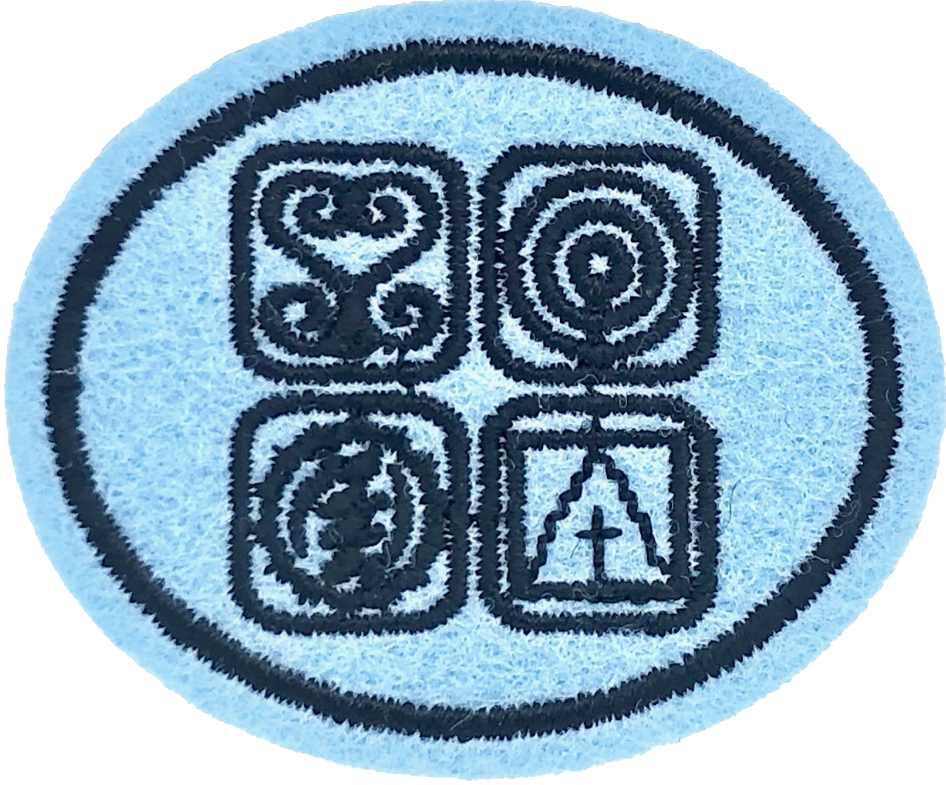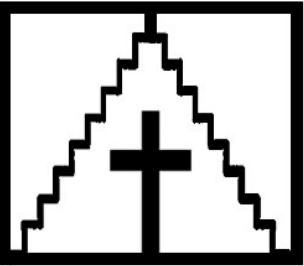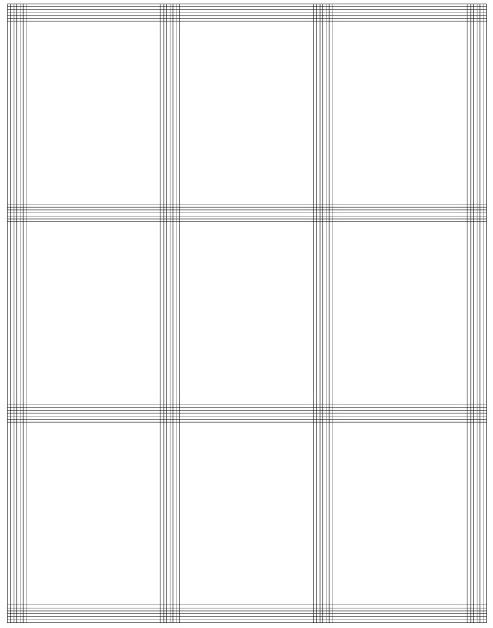| Symbol |
Name |
Meaning
|
 |
Adinkrahene |
“Chief of the adinkra symbols”, symbol of greatness, charisma and leadership. This symbol is said to have played an inspiring role in the designing of other symbols. It signifies the importance of playing a leadership role.
|
 |
Akoben |
“War horn”, symbol of vigilance and wariness. The Akoben is a horn used to sound a battle cry.
|
 |
Akofena (Sword of war) |
Symbol of courage, valor, and heroism. The crossed swords were a popular motif in the heraldic shields of many former Akan states. In addition to recognizing courage and valor, the swords can represent legitimate state authority.
|
 |
Akoko Nan (The leg of a hen) |
Symbol of nurturing and discipline. The full name of this symbol translates to “The hen treads on her chicks, but she does not kill them.” This represents the ideal nature of parents, being both protective and corrective. An exhortation to nurture children, but a warning not to pamper them.
|
 |
Aya (Fern) |
Symbol of endurance and resourcefulness. The fern is a hardy plant that can grow in difficult places. “An individual who wears this symbol suggests that he has endured many adversities and outlasted much difficulty.”
|
 |
Duafe (Wooden comb) |
Symbol of beauty and cleanliness; symbols of desirable feminine qualities. The meaning of this symbol is characterized slightly differently in “The Adinkra Dictionary” and “The Values of Adinkra Symbols”; the former emphasizes more abstract qualities of feminine goodness, love and care, while the latter has a more literal interpretation, looking one’s best and good hygiene. In any case, the duafe was a prized possession of the Akan woman, used to comb and plait her hair.
|
 |
Funtunfunefudenktemfunefu (Siamese crocodiles) |
Symbol of democracy and unity. The Siamese crocodiles share one stomach, yet they fight over food. This popular symbol is a reminder that infighting and tribalism is harmful to all who engage in it.
|
 |
Gye Nyame (Except for God) |
This unique and beautiful symbol is ubiquitous in Ghana. It is by far the most popular for use in decoration, a reflection on the deeply religious character of the Ghanaian people.
|
 |
Nea Onnim No Sua A, Ohu |
“He who does not know can know from learning” symbol of knowledge, life-long education, and continued quest for knowledge.
|
 |
Nkyinkyim |
“Twisting”, symbol of initiative, dynamism and versatility.
|
 |
Nyame Biribi Wo Soro (God is in the heavens) |
Symbol of hope. A reminder that God’s dwelling place is in Heaven, where He can listen to all prayers.
|
 |
Nyame Dua ("Tree of God" -- altar) |
Symbol of God’s presence and protection. The Nyame Dua is a sacred spot where rituals are performed. Erected in front of the house or compound, it is crafted from a tree that has been cut where three or more branches come together. This stake holds an earthenware vessel filled with water and herbs or other symbolic materials for purification and blessing rituals.
|
 |
Nyame Nnwu Na Mawu (God never dies, therefore I cannot die) |
Symbol of God’s omnipresence and the perpetual existence of man’s spirit. This signifies the immortality of man’s soul, believed to be a part of God. Because the soul rests with God after death, it cannot die.
|
 |
Nyame Nti (By God's grace) |
Symbol of faith and trust in God. This stalk is depicted as the staff of life in many cultures. It symbolizes to the Akan that food is a basis of life and that they could not survive if not for the food that God has placed here on Earth for their nourishment.
|
 |
Nyame Ye Ohene (God is King) |
Symbol of majesty and supremacy of God
|
 |
Nyansapo (Wisdom knot) |
symbol of wisdom, ingenuity, intelligence, and patience. An especially revered symbol of the Akan, this symbol conveys the idea that “a wise person has the capacity to choose the best means to attain a goal. Being wise implies broad knowledge, learning and experience, and the ability to apply such faculties to practical ends.”
|
 |
Sankofa (Return and get it) |
Symbol of importance of learning from the past. As humans we are vulnerable to make mistakes, but an ability to reflect on the mistake to address what went wrong defines the person’s character of endurance.
|
 |
Sesa Wo Suban (Change or transform your character) |
Symbol of life, transformation. This symbol combines two separate Adinkra symbols, the “Morning Star” which can mean a new start to the day, placed inside the wheel, representing rotation or independent movement.
|
 |
Woford Dua Pa A (When you climb a good tree) |
Symbol of support, cooperation and encouragement from the expression “Woforo dua pa a, na yepia wo” meaning “When you climb a good tree, you are given a push”. More metaphorically, it means that when you work for a good cause, you will get support.
|
























